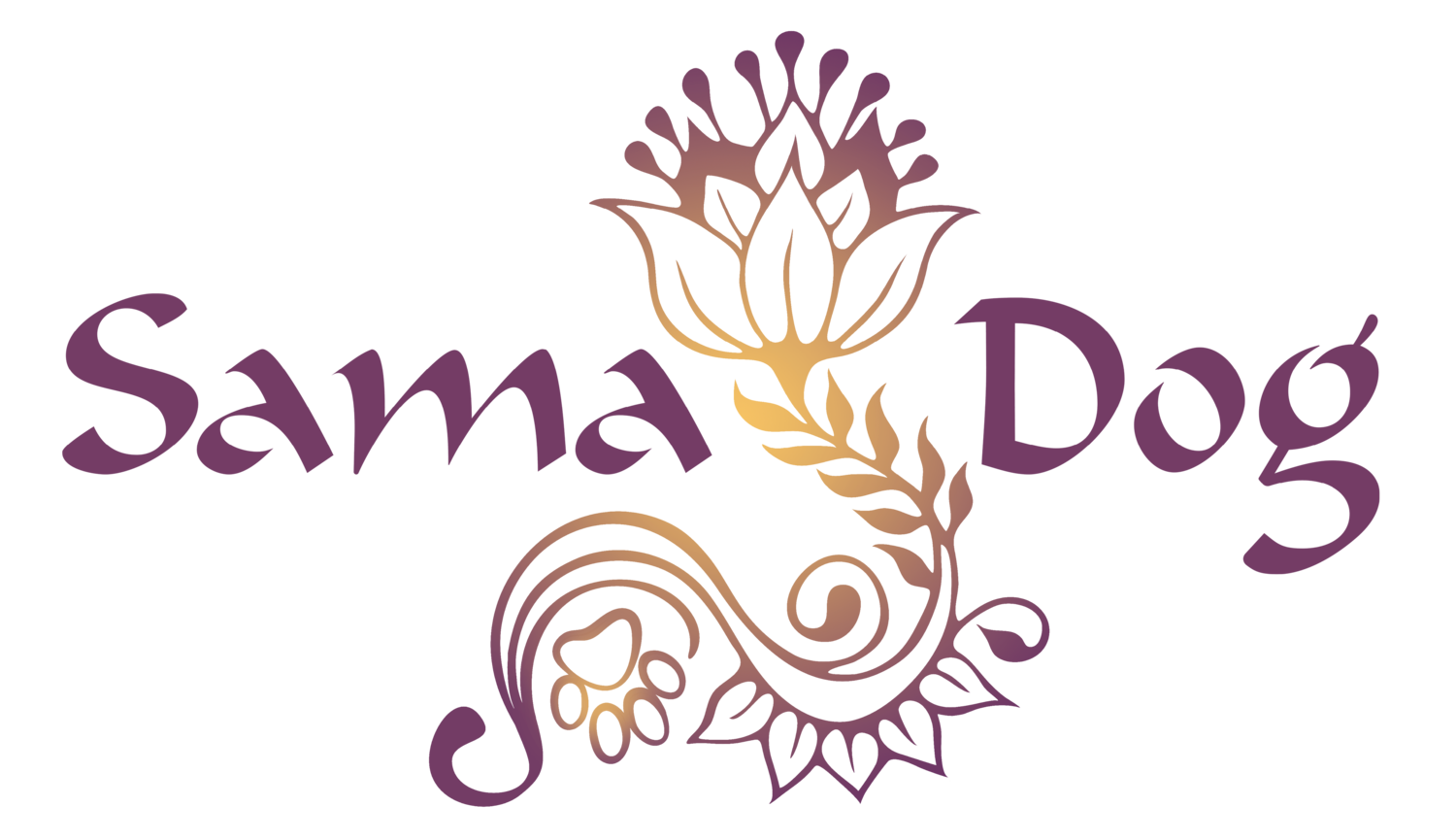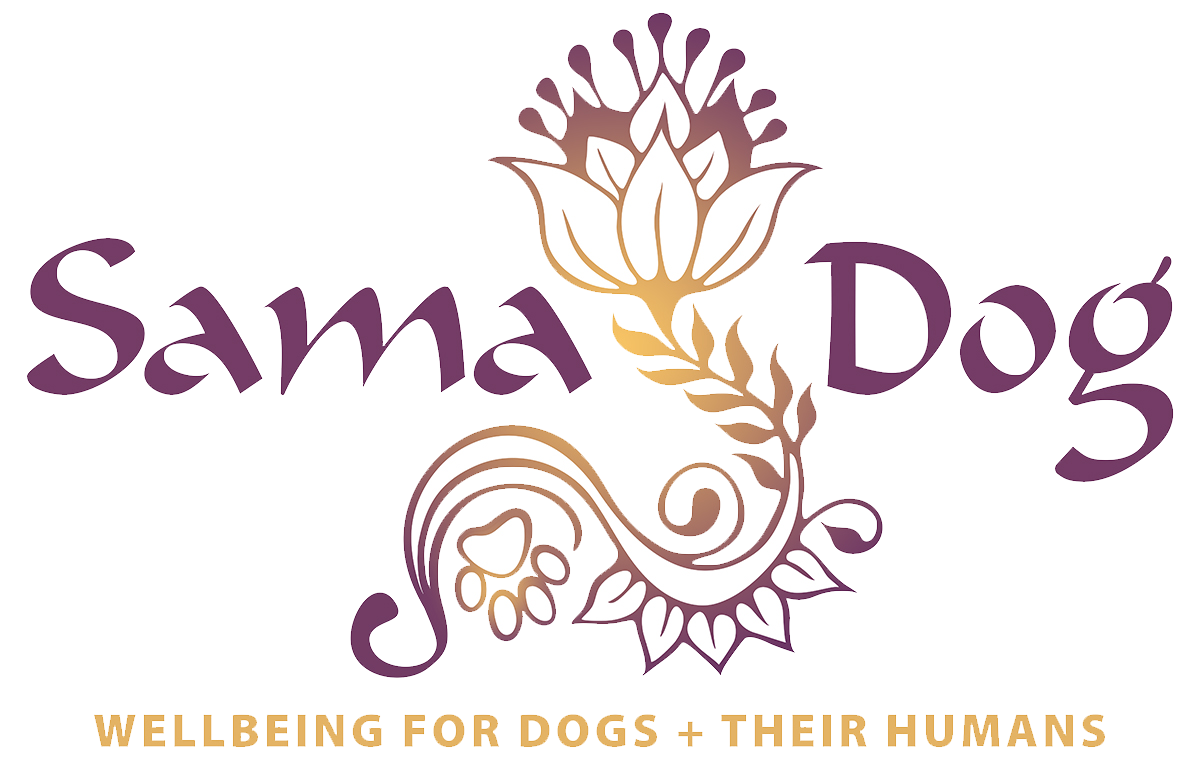When it Comes to your Dog’s Water, Quality is Everything
Photo Credit: Atanas Teodosiev
Ayurveda, the eastern-based natural health system, defines summer as the season of Pitta, which represents fire and water. Dogs are similar to humans and to the earth in that we are all comprised mostly of H2O. Approximately 80% of your dog’s body is water. Therefore, water is essential for their health and wellbeing, but unfortunately it’s an important aspect of pet nutrition that is often overlooked.
We’ve seen dogs drink from dirty puddles and streams without getting sick, and this can lead us to make inaccurate assumptions about the how the quality of their water impacts them. It’s true that canines have different digestive systems than we do, but that doesn’t mean these unpurified sources aren’t harmful to their overall health.
Water from unpurified sources such as puddles, etc., must be filtered before it can be absorbed by the body. Drinking unclean water means less water is being incorporated into the body, which in turn taxes the organs. It speeds up the aging process, and may reduce the duration of your best friend’s life.
One topic discussed in the Total Wellbeing for Dogs class offers a simple solution that has eluded many of us – provide the same water that we drink to our dogs. By now, many of us have replaced tap water with some form of filtered water. Whatever your reasons are for doing so, the same should apply to your pup. It is essential to eliminate tap water whenever possible, because water straight from the tap can contain chemicals, heavy metals, bacteria, and many other toxins.
Many municipalities combat this by introducing chlorine to kill dangerous germs and bacteria, but doing so kills ALL bacteria, even the good bacteria in our guts. Our pups need those healthy microbes to be their healthy, energetic selves. And it’s not just what the chlorine is killing off, it is the chlorine itself that is detrimental. The purpose of chlorine is to disinfect the water, but no one wants to drink disinfectant. You would never add bleach to your dog’s water, and you would probably never knowingly add chlorine either.
Chlorine is not the only concern though. Many other things such as fluoride, lead, hormones, drugs, arsenic (just to name a few), and other chemicals are routinely found in tap water. We do not want any of these accumulating in our dog’s systems, especially since they are being linked to cancer, autoimmune disorders and many other serious health issues. To learn what is in your water specifically, take a look at this data from the Environmental Working Group.
In order to offer our furry friends the same quality water we enjoy, we highly recommend installing a reverse osmosis system or any other type of water filtration method that removes chemicals and contaminants from your tap. This way you never run out of fresh, clean water and it saves you time and money. If this isn’t an option, consider a simple but good water filter like Brita, and remember to change the filters regularly.
It’s also important to recognize that dogs need 70% hydration in their food as well. Canines get this naturally in the wild. Today, most dogs are fed a packaged diet that hovers at approximately 17%. So many dogs live in a dehydrated state, simply because their food lacks hydration. A young pup can do this for a few years, but age makes it harder for the body to endure and the effects begin to accumulate.
One of our favorite holistic vets, Dr. Karen Becker, promotes a high moisture diet to prevent a life of chronic mild dehydration that can result in organ stress, and eventual death by organ failure. You’ve probably either had a dog or known a dog that died too early from a similar problem. This is reason enough to look for ways to incorporate more hydrated food into their diets. At minimal, begin adding a couple tablespoons of purified water to each meal.
It is also essential to consider the types of containers we use to serve our pups their hydrated meals. Porcelain and glass bowls are the best, and aluminum is also suitable. For many reasons, it is important to avoid plastic.
Another crucial element to address is sanitation. Wash your dog’s bowl every day with soap and water and then put them in the dishwasher at least once a week to prevent bacteria growth. Just like drinking out of a puddle, it’s easy to think a dog can handle a bit of slime, but as our pets age it will catch up with them. Any long-term imbalance in the body can cause illness and disease. How we take care of them now determines their future, so be proactive to increase your dog’s chance of a long and healthy life.
During the hottest part of the year, aka Pitta season, it’s natural to worry about hydrating our dogs. We can encourage them to drink more, and help to extend their lives and improve their wellbeing by incorporating pure filtered water, hydrated food, and keeping their bowls clean. Now that we have you thinking about the importance of the quality of your dog’s water, you can keep the momentum going by joining our online Total Wellbeing for Dogs class where we provide many tips and much more in depth information that will enhance and enrich the quality of your dog’s life. Hope to see you in our online class!!


